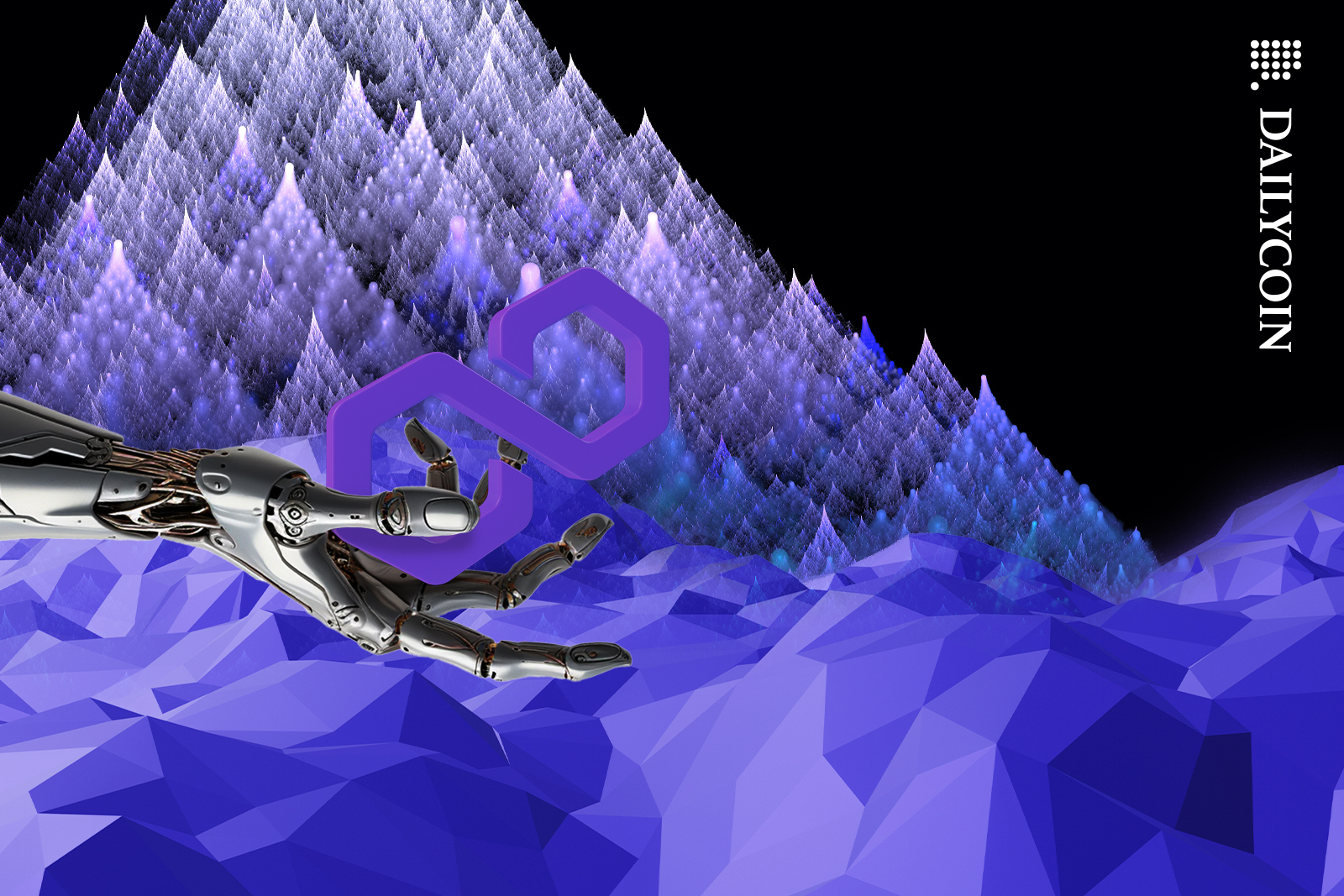
- Polygon Labs has accomplished an impressive technological feat with the launch of a Type 1 prover.
- The prover promises to make it easier than ever for any EVM Layer 2 chain or Optimistic rollup to become a ZK Layer 2.
- The broad adoption of this prover could serve as a boon for Polygon’s ecosystem.
Despite already being a heavyweight in the Ethereum scaling ecosystem, Polygon Labs continues to push the boundaries of what is possible in the space. In the latest instance, the development team behind the eponymous Polygon network has launched a new solution that promises to spark a zero-knowledge technology revolution and bolster the Polygon ecosystem.
The Polygon Type 1 Prover: A Game Changer for Ethereum Scalability?
On Thursday, February 8, Polygon announced the launch of a Type 1 prover option for its zkEVM technology in what has been touted as a significant technological breakthrough.
A prover is a participant in a blockchain network that attests to the validity of a piece of data without disclosing the details of the data. A verifier verifies this attestation or proof generated by the prover.
Sponsored
Per Ethereum co-founder Vitalik Buterin‘s classification of zkEVMs in August 2022, Type 1 provers offer the highest level of equivalence with the Ethereum chain. Realizing this equivalence with the Ethereum chain has, however, been thought to come at a cost, as the EVM was not designed to be ZK friendly, meaning that the closer the design to Ethereum, the more cumbersome and impractical it is to prove, at least until now.
In the blog post announcing the Type 1 prover, Polygon Labs claims that the new prover can prove Ethereum blocks for between $0.20 to $0.50 at an estimated 36 times faster rate than the competition. The firm further noted that they expect this cost to drop drastically with improvements and the release of Plonky3.
According to Polygon Labs, using the open-source prover code, any EVM Layer 1 or Optimistic rollup can now become a ZK Ethereum Layer 2 without any modifications or migration to a newly built Layer 2 chain.
A Boon for the Aggregated Blockchains Vision?
The Type 1 prover comes as Polygon has recently made efforts to rally behind a single narrative of building a network of aggregated chains through its soon-to-be-launched “AggLayer.” The AggLayer is designed to allow users to experience the Polygon-powered network of Ethereum Layer 2 chains like a single blockchain through “near-instant” and “atomic transactions.”
Sponsored
With the Type 1 prover, the Polygon 2.0 roadmap based on the Aggregated blockchains vision will likely now appeal to a broader range of blockchains, particularly those unwilling to undergo the necessary modifications required by using Polygon’s CDK.
In line with this reasoning, Polygon Labs notes that the Type 1 prover users can plug into the AggLayer to share liquidity with the Polygon and Ethereum ecosystem. The firm also disclosed that the new prover would be critical to the Polygon PoS chain’s transition to a zkEVM validium Layer 2 chain.
There are already over 20 projects set to join the expanding Polygon ecosystem, including Manta Pacific, Palm Network, and Flipkart.
On the Flipside
- Polygon Labs does not explicitly state how fast the Type 1 prover generates proofs and only compares it to other Type 1s, suggesting that Type 2 provers, which it is also working on, are still likely to be faster, as postulated by Ethereum’s Buterin.
- The Polygon zkEVM chain is in the process of an upgrade to become a Type 2 zkEVM.
Why This Matters
The Type 1 prover promises to bolster the growth of the Polygon ecosystem by attracting Layer 1 chains and Optimistic rollups that may want to transition to ZK Layer 2 chains with minimal change.
Read this for more on Polygon’s Aggregated Blockchains vision:
Polygon MATIC 2.0 Takes Shape with Near Interop Layer Launch
Learn about the experimental token standard that has taken the Ethereum network by storm:
What Is ERC-404, the Experimental Ethereum Token Standard?

